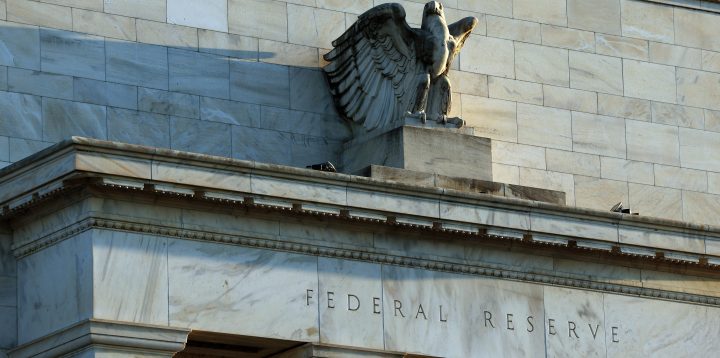
Stress tests aim to reveal banks’ weaknesses. More banks will probably have to run them.
Stress tests aim to reveal banks’ weaknesses. More banks will probably have to run them.

Overseeing banks is part of the Federal Reserve’s job, and one way the Fed monitors the banking system is with “stress tests.” Basically, these exercises game out how the banks would handle some adverse economic scenarios, and the results indicate whether they would be OK or end up in deep financial trouble.
But stress testing only applies to a handful of the very biggest banks. After Congress rolled back parts of the 2010 Dodd-Frank law, it didn’t apply to Silicon Valley Bank at all.
Stress tests have been around for a while. Financial firms have used them to make sure their bond holdings can weather unexpected economic storms, according to Joe Mason at Louisiana State University.
“Something like the U.S. Great Depression — extreme unemployment, extreme declines in U.S. economic growth,” he said.
After the 2008 financial crisis, the Dodd-Frank law mandated stress testing for banks with $50 billion or more in assets. Then, in 2018, Washington raised the threshold to $250 billion.
Silicon Valley Bank lobbied for the change, said Eric Talley at Columbia Law School. “They have been able to dodge the stress testing and enhanced scrutiny that larger banks had to withstand.”
With 20-20 hindsight, “I think there’s an argument that had Silicon Valley Bank gone through these stress tests, they would have had more capital to deal with the situation that they ended up encountering,” Talley added.
It’s possible Congress will lower the stress test threshold in response to the current turmoil. But even so, “the stress testing and capital modeling have their limitations,” Mason said.
For example, Mason noted that the Fed’s most recent stress tests didn’t consider an “adverse scenario” that included what was actually happening: interest rates sharply rising, posing risk to some banks’ balance sheets.
“If that stress test is not, well, not very stressful, you’re not going to expect to get a very good read on the condition of the bank or how it’s supposed to survive a shock to the economy,” he said.
Even if more midsize banks were subject to stress testing, “the problem with the Fed’s scenario is that they didn’t start with the fact that rates are already high,” Mason said. “They were assuming zero rates. We don’t have that world, unfortunately.”
The Fed’s stress testing is designed primarily to reveal what would happen if the economy went into recession, the Fed cut interest rates and banks had to write off big loan losses, per Ken Leon at CFRA Research.
But the situation now, with interest rates much higher than a year ago, is all about “liquidity risk, and deposits and duration risk,” he said. “This really falls under the Fed’s bank supervision mandate.”
Meaning the Fed’s other regulatory powers could be activated to safeguard the banking system.
Leon said what’s needed now are “more examiners for the Fed, probably a bigger budget, so that you can even regulate very closely the smaller banks. Supervision is really going to be the solution to make sure this doesn’t happen again.”
The Fed’s out in the field right now with its 2023 stress tests on the country’s biggest banks. It’s unclear whether they’ll take more account of interest-rate risk and liquidity challenges this time around.
There’s a lot happening in the world. Through it all, Marketplace is here for you.
You rely on Marketplace to break down the world’s events and tell you how it affects you in a fact-based, approachable way. We rely on your financial support to keep making that possible.
Your donation today powers the independent journalism that you rely on. For just $5/month, you can help sustain Marketplace so we can keep reporting on the things that matter to you.












